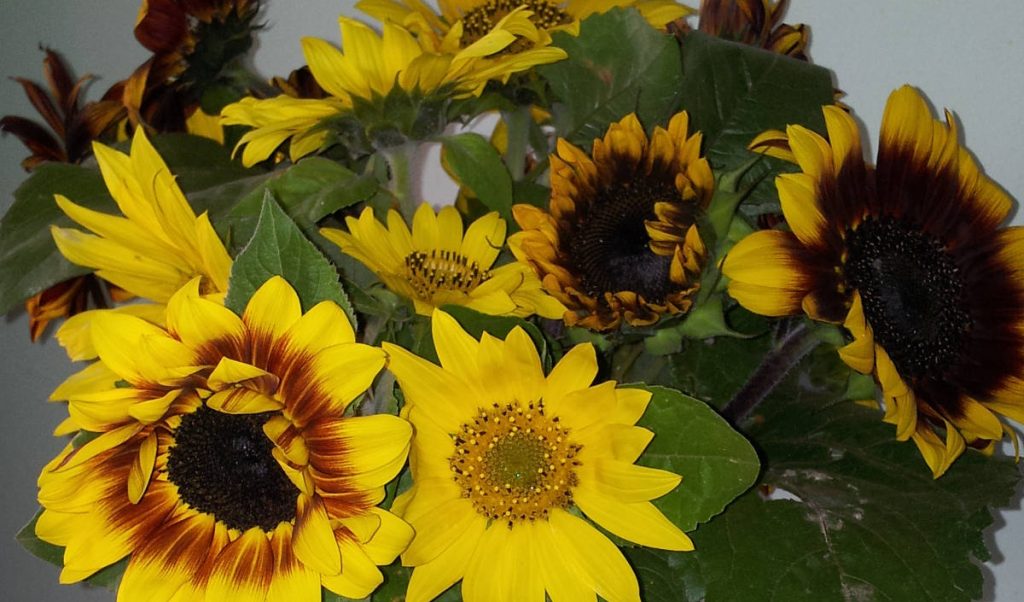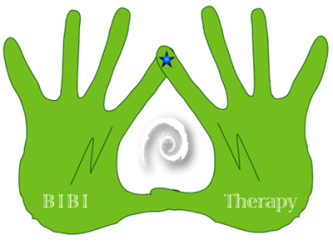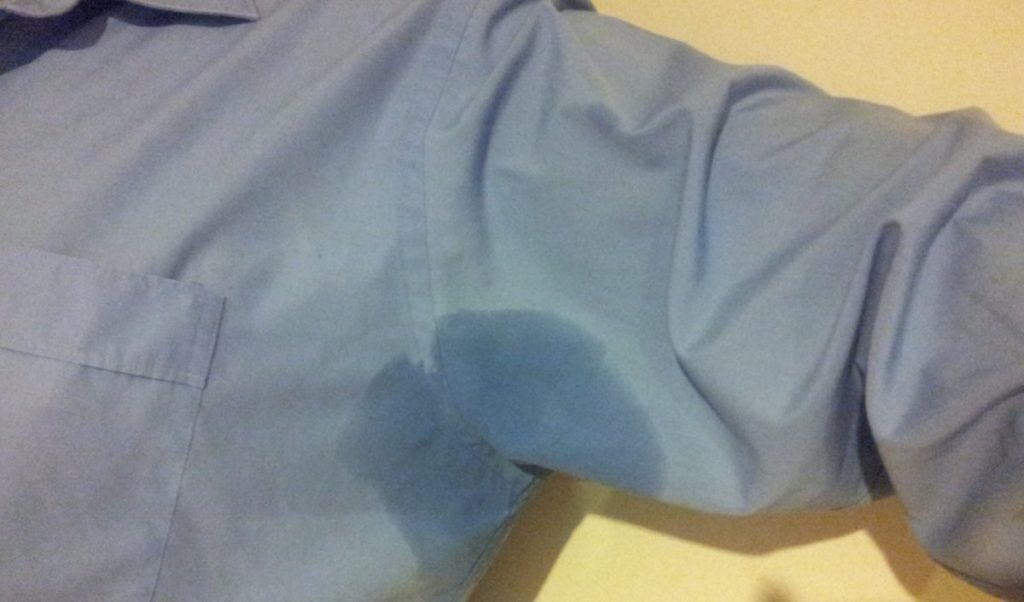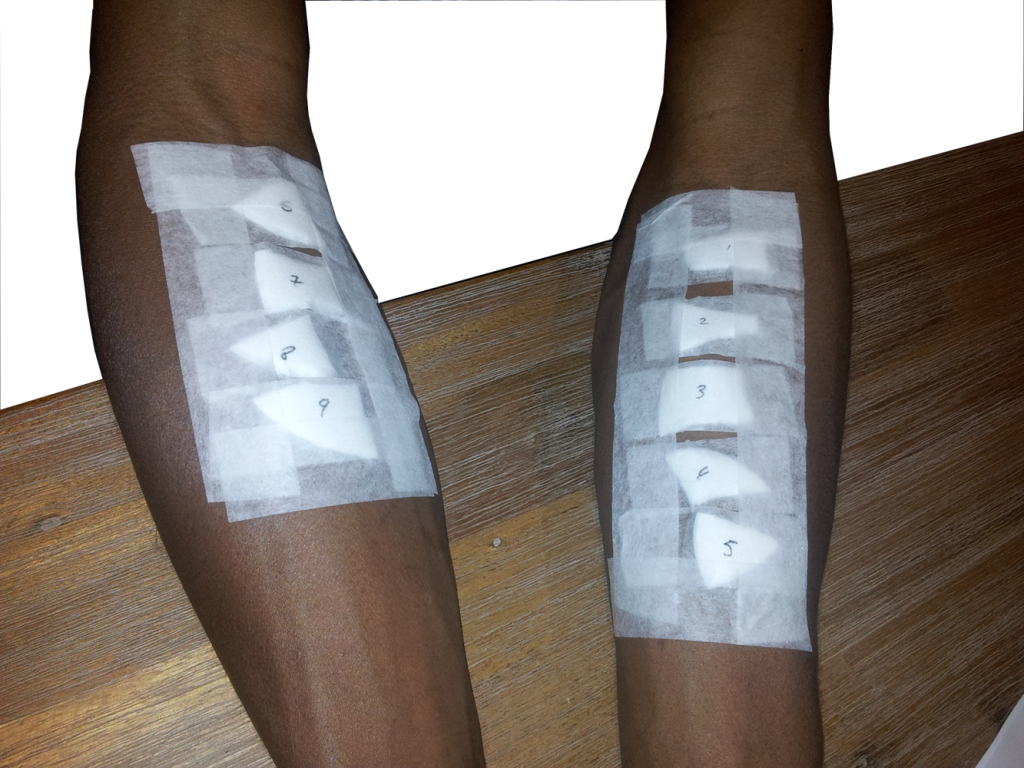What Does The Research Show?
Carrier oils used in Aromatherapy are commonly cold pressed oils that are used as a Base to dilute an essential oil. Because of their potency, essential oils must be diluted before being applied to the skin. Standard dilutions of essential oils in carrier oils range from 2% to 10%. For a body massage, usually about a tablespoon of carrier oil is sufficient. The dilution ratio of an essential oil depends on various factors such as the way in which it is used, and the age of the client being treated.
Carrier oils are vegetable, nut or seed oils many of which themselves have therapeutic properties (Worwood 1991). Carrier oils used in Aromatherapy should be cold pressed to ensure that they are free of chemical agents used due to processing. The most commonly used carrier oils in Aromatherapy are Almond, Grapeseed, Apricot Kernel, Avocado, Sunflower, Soya, Sesame and Wheatgerm. When choosing carrier oils, BIBI Therapy considers the comedogenic rating of the carrier oils. This rating describes the level to which the oil clogs the pores of the skin with ratings from 0 (will not clog pores) to 5 (will most probably clog the pores), Table 1.
(1) Sweet almond oil (Prunus dulcis): light in texture, clear pale yellow. It is considered to have a relatively low clogging level, it is widely acclaimed and recognised the most popular massage oil; it can be used on all skin types.
(2) Grape seed oil (Vitis vinifera L.) is a popular and easily available oil of a medium texture. Its uses include oily skin; due to its linoleic acid content (Prado et al 2012).
(3) Apricot Kernel (Prunis armeniaca) – similar to sweet almond oil, with its high level of fatty acids it would be best used as a natural emollient for the skin. Aromatherapists use it on the face and neck.
(4) Avocado (Persea Americana) oil is very concentrated in nutrients for the skin (vitamin A, D, E, antioxidants, unsaturated fats). Therefore some of the acclaimed uses are for dry skin, inflammation of the skin, wrinkled skin including on the face as well as pain and inflammation reduction in osteoarthiritis (Christensen et al 2008).
(5) Sunflower (Helianthus annuus) oil has a zero comedogenic rating and very high linoleic acid content. Therefore, this humble oil is the perfect choice for body massage. Furthermore, its vitamin and nutrient rich content has multiple therapeutic effects ranging from antioxidant effects on the skin to wound healing and repair (Lin et al 2017).
| Base oil | Latin name | Comedogenic rating | Comments |
| Sweet Almond | Prunis dulcis | 2-3 | Particular circumstance to use would be as moisturizer for dry skin; soothes stressed and sores muscles; as adjuvant for light forms of dermatitis |
| Grape seed | Vitis vinifera L | unknown | High linoleic acid composition makes it the choice in breaking down the oleic sebum produced by the skin |
| Apricot kernel | Prunus armeniaca | 3-5 | Beneficial in suppressing the generation of overall body malodour |
| Avocado | Persea americana | 2 | May be beneficial in wound healing |
| Sunflower | Helianthus annuus | 0 | Cold pressed sunflower oil has a range of nutrients and antioxidants
Not All Sunflower oils are best for your skin. Look for cold pressed, organic |

For more information on how to use carrier oils contact BIBI Therapy via Facebook page. And Let’s stay connected!
Precautions
If you have a sensitive skin, make sure you conduct a patch test before you splash essential oils under your armpit. Furthermore, dilute 2-3 drops with a teaspoon of carrier oil of your choice and remember to check with your family Doctor before attempting to use any essential oil. This is especially important if you are pregnant, nursing or undertaking any special medication including homeopathic medication.
Disclaimer
BIBI Therapy does not offer a cure for any ailments you may suffer. The information and reference guides provided here are intended solely for education only. Please seek advice from a specialist or your health care provider.
References
Christensen et al 2008, Osteoarthritis Cartilage, 16 (4) 399-408 http://www.oarsijournal.com/article/S1063-4584(07)00318-4/fulltext
Lin et al, 2017, Int J Mol Sci. 2018 19(1): 70. 10.3390/ijms19010070
Prado et al, 2012, J. Food Engineering, https://doi.org/10.1016/j.jfoodeng.2011.10.007
Worwood, 1991, The Fragrant Pharmacy: A complete guide to Aromatherapy & Essential Oils, London, 1991


